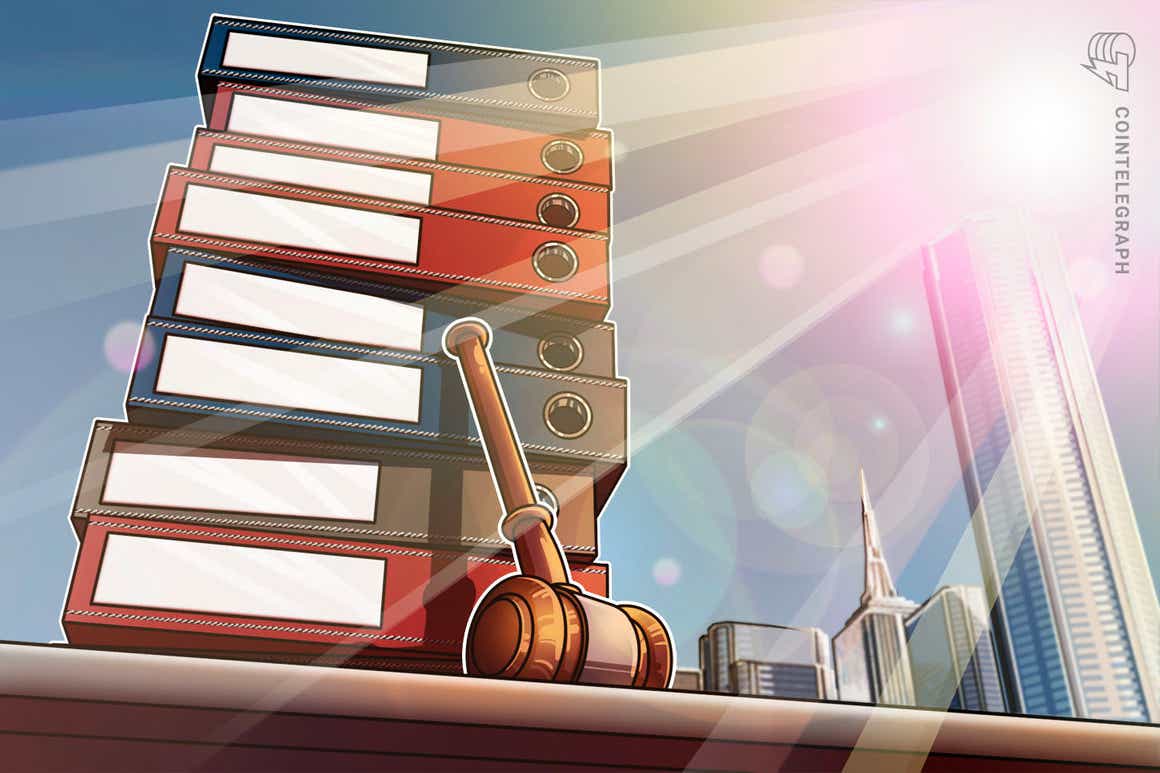Interoperability stays a persistent situation on the earth of gazillion blockchains and attention-grabbing protocols and initiatives. The necessity for interoperability results in many sensible issues, one among which comes all the way down to token liquidity and crypto swapping between blockchains.
Bridges are weak
Transferring tokens from one blockchain to a different has develop into a vital a part of the DeFi sector. It permits customers to make use of these tokens on totally different chains than their native ecosystem. Nonetheless, most blockchains are closed methods and thus aren’t immediately suitable with one another. The issue could be in comparison with utilizing a European energy plug in the USA — it’s simply not going to suit. No less than, not with out an adapter.
Inside DeFi, these adapters — higher often called bridges — could be discovered in every single place. With bridges, customers lock tokens on one blockchain to unlock wrapped variations of them on one other chain. These wrapped tokens can then be utilized in no matter DApp on that blockchain.
One caveat of this strategy is that bridges type a major assault vector. Hackers might exploit a vulnerability and steal all locked tokens on one aspect or just create giant quantities of wrapped tokens. One such assault focused the Wormhole bridge, wherein hackers managed to steal 120,000 wrapped Ether value $321 million. This vulnerability applies to different centralized platforms as nicely.
No want for intermediaries
In a really perfect world, intermediaries are now not wanted. It’s one of many key causes Satoshi Nakamoto invented and developed Bitcoin (BTC). They needed to make it doable to trade worth with no need a financial institution or cost supplier to function the intermediary. With the assistance of a blockchain, Nakamoto made it doable to make a digital switch of worth as simple as handing over a $1 invoice immediately into another person’s hand.
The aim of eradicating intermediaries can be a key a part of DeFi. All types of functions could be discovered on this sector, the place intermediaries normally play a task. For borrowing tokens on the blockchain, for instance, in conventional finance, it will take not less than one middleman to carry the borrower and lender collectively.
Bridges could be thought of as a type of middleman. With out them, customers couldn’t use BTC in Ethereum-based DApps. Nonetheless, as hacks prior to now have proven, they type a vulnerability. Fortunately, some initiatives are working arduous to unravel this situation and decrease the dangers of exchanging tokens between chains.
Native swapping and a good launch
One in all these initiatives is Maya, a decentralized liquidity protocol. Its aim is to allow noncustodial and environment friendly native swaps throughout blockchains. In less complicated phrases, this interprets to a protocol that allows its customers to swap native belongings with out the necessity to lock liquidity on a third-party platform like a bridge or wrapped tokens like WETH. For example, a BTC holder can simply swap these tokens into ETH by way of Maya with out having to wrap them and switch them by way of bridges.
Some improvements the undertaking is constructed on embrace liquidity nodes and an elevated variety of built-in chains for larger interoperability, together with names like Sprint, Kujira, Osmosis and probably Cardano. Liquidity nodes enable operators to not solely help the community but additionally profit from double capital effectivity, as their belongings are additionally collaborating in liquidity pooling.
March 7 marks the beginning of the undertaking’s truthful launch, commencing the liquidity public sale concurrently. Buyers and supporters of the protocol can then take part within the liquidity public sale with native BTC, ETH (together with USDC and USDT) and RUNE. In response to the builders, the professionals of a good launch strategy carry higher transparency, a permissionless strategy to participation and decreased volatility. What’s extra, with truthful launches, all buyers get entry to the community and its native token on the similar time, that means there are not any early buyers or groups which have a bonus over retail customers.
Within the busy DeFi sector, new implementations and options are important for profitable finish merchandise. The crypto sector is effervescent with revolutionary and extremely technical approaches to allow decentralized and extra humane financing. Maya Protocol is one undertaking that goals to unravel current constraints throughout the blockchain and crypto sectors.
Extra details about this undertaking is offered on Maya’s official website.
Disclaimer. Cointelegraph doesn’t endorse any content material or product on this web page. Whereas we intention at offering you with all necessary data that we might get hold of, readers ought to do their very own analysis earlier than taking any actions associated to the corporate and carry full duty for his or her choices, nor can this text be thought of as funding recommendation.









